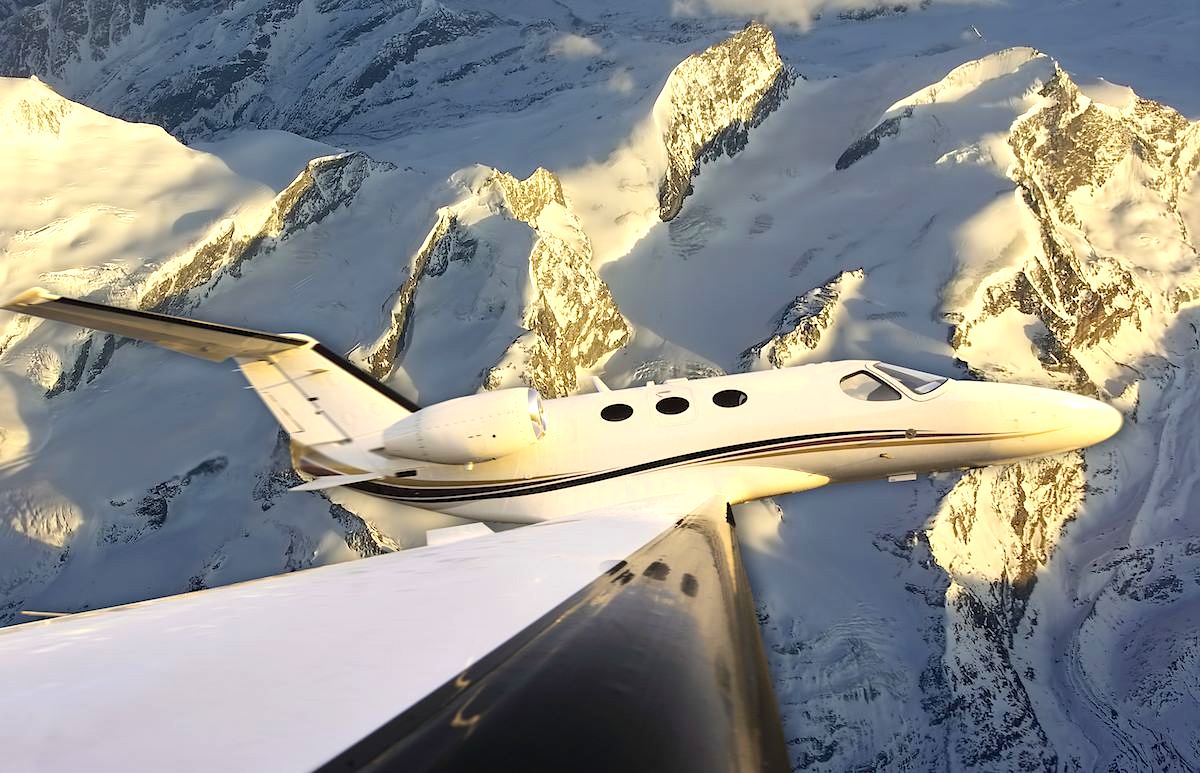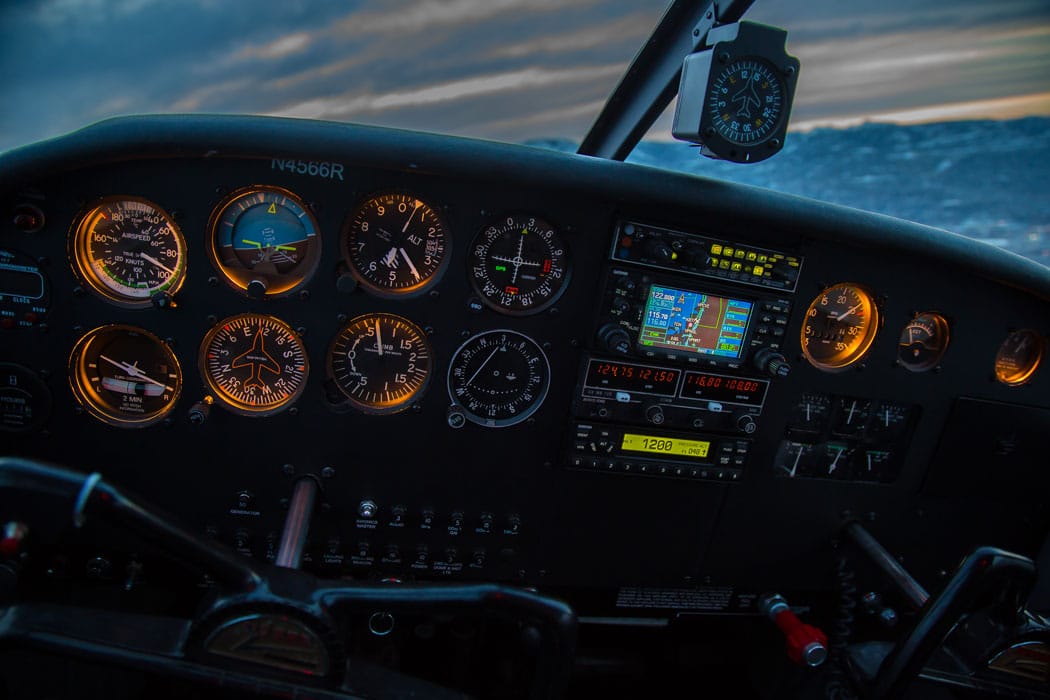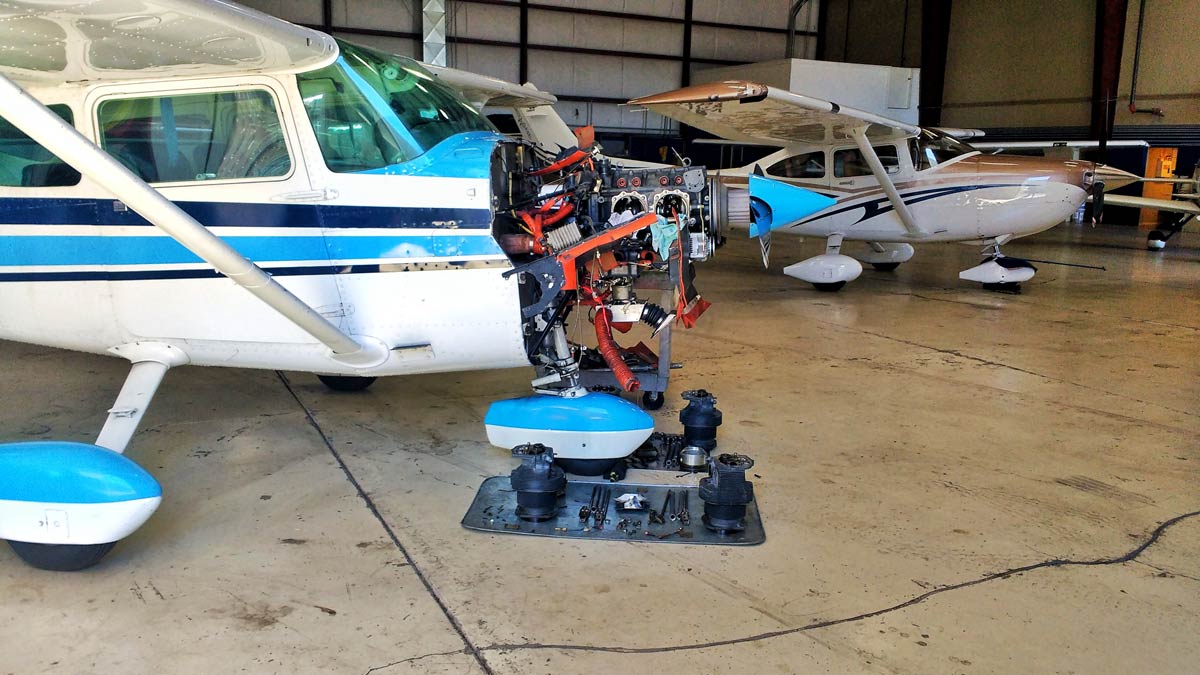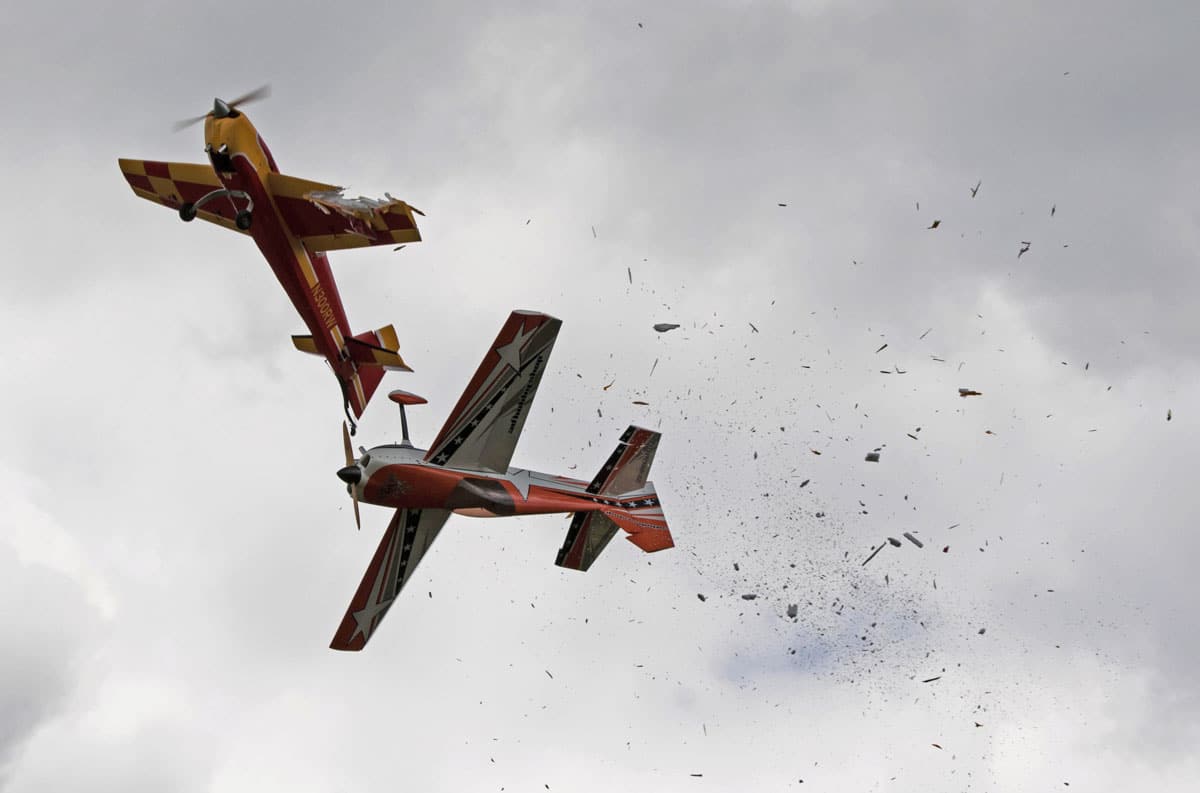How a wing makes an airplane fly – is it Bernoulli’s Principle?
Like most things in order to understand them, I mean truly understand them, you must first gain a sort of perspective, or understanding of the underlying conditions, forces, and circumstances of a behavior before you can truly grasp the reasons of another. For our purposes (relating Bernoulli’s Principle and what makes an airplane fly) we only need a basic understanding of the primary principals and so I will endeavor to relay only the necessary, as well as employ the use of a technique called “in other words” to minimize the mental stress of stitching all these concepts together.
We start with:
Viscosity
Viscosity is a measurement of a fluid’s tendency to resist shear or flow. The resistance is caused by intermolecular friction exerted when layers of fluids attempt to slide by one another.
In other words, “viscosity” is a fluids “thickness”. The thicker the fluid the more resistant it is to flow. For example: Molasses is highly viscous, water is medium viscous, and air has a low viscosity.
You can imagine trying to fly through molasses with your airplane… you’d need more horsepower, don’t we all.
So, now that we all recognize that a fluid or a gas has a property that is resistant to change, much like human beings, we can move on to:
The Boundary layer
“A boundary layer is the layer of fluid in the immediate vicinity of a bounding surface where the effects of viscosity are significant.”
In other words the surface of your airplane’s wing, in spite of how “oh-so” smooth it feels when you run your hand over it, isn’t smooth. On a microscopic level, it has ridges and canyons and jagged bits that shred your epidermal layer of skin on your hand when you lovingly run your grubby food shovels across it and go “Oooooow, now that’s a smooth wing.”
You don’t notice because of a lack of nerve endings in that ever so thin part of your skin, but the air molecules, they care, they notice and they get a bit jammed up by those imperfections in the surface of the wing.
For the purposes of understanding airflow over a wing, let’s agree to consider those air molecules as “slowed” by those imperfections forming a nice layer of slowed air and a new surface on your wing called: The Boundary Layer
The air moving over this boundary is going to encounter less friction than the air running directly against the surface of the wing. Thus the air one layer above the boundary will move faster than the air on the surface, and the air above the air above the boundary layer will move yet even faster, and so on and so forth. This continues until the air reaches uniform flow. That’s an important term in aerodynamics and you should remember it because I might come back to it later: Uniform Flow.
Okay, so it is the nature of a fluid (and in slow flight air is considered a non-compressible fluid) to resist change. What’s important here is what kind of change the air is going to resist: separation. Like “birds of a feather” air wants to stick together and not form voids or gaps. In fact, it resists forming gaps with surprising strength.
Now imagine, if you will, our stack of air on a wing, the air on the very surface on the wing is greatly slowed, and the air a ways above is moving much faster… Well, the air on the top of that stack, the uniform flow, is about to go over a cliff, a cliff formed by the slowed layers of air below it. It’s going to resist separating so it’s going to drag the air over it down, as well, and keep in mind, it has to do this quickly because the air at the surface is basically stopped? No….
We continually think of airflow over a wing as the air moving over the airfoil, but in all actuality it’s not the air that is moving, it’s the wing! Try and think of it like you are standing in the ATC tower looking out the window at all that air moving over those stationary airplanes just hovering there in the wind. Nooo… You watch airplanes powered by jet engines slicing through the air with grace and vigor. That’s right, the plane’s thrust is forcing the air to separate around the wing.
So that slowed/stopped air on the surface of a wing is moving in the same direction as the wing! It’s being dragged backward, in a way, and the air above is trying not to separate from it. Like pulling the rug out from under Casper the friendly (until you pull the rug) Ghost’s feet…. If his feet were glued to the rug.
So the air in the uniform flow has to bend at an incredible rate and curve to keep from separating from the bounded air to the wings surface!
I want to take a moment and express just how powerful these forces I am describing are. We all have experienced the force of air actually separating and coming back together in the form of a thunder clap from a bolt of lightning, “a what?” “A bolt of lighting”! (Doc from Back to the Future – 1985)
This displacement of air and the corresponding mass that is diverted by the movement of a wing through it causes a tremendous amount of air to be bent down and accelerated toward that bend. To demonstrate this effect, take a spoon and place the curved surface under the running stream of water from a faucet…. Or just watch this video on the: Coanda Effect.
Now enter Bernoulli’s Principle: that as the speed of a moving fluid (liquid or gas) increases, the pressure within the fluid decreases.
Bernoulli’s Principle is NOT what causes an airplane to have “lift” and thus fly but rather it is a simple statement of how to explain the presence of a low-pressure body of air over the wing. It’s there because the air has been accelerated over the curve.
And finally we arrive at what we were trying to understand in the beginning:
The Downwash – an airstream directed downward (as by an airfoil)
This is my favorite part because it’s so simple – Newton, who apparently was a total asshole (see video), had some fancy laws that seem to be the mainstay of physical science. Most applicable in this instance is his third law: “For every action there is an equal and opposite reaction”.
All that weight, and mass, and force of all that diverted air is running down the wing, trying to follow the curve and it goes right off the trailing edge like Hot Rod off a home made pool jump on a Moped (Movie -2007 starring Andy Samberg) who also resisted separation and went straight down into the pool. (See video).
The pilot sees the air being diverted downward coming off the wing at roughly the angle of attack (because the aircraft is in motion) but to the observer back on the ATC tower the air is diverted downward nearly vertically.
The angle of attack has little to do with the angle of deflected air. The greater the angle of attack the greater the velocity of the downwash.
We know that a force is acting on the air to bend it, accelerate it, and all that good stuff, and we know that an equal and opposing force is reacting to those forces.
It should be noted here that the famous asymmetrical curve (a longer path on the topside of the wing) generally seen in subsonic aircraft wings are NOT necessary for the science of producing lift with said wing. A symmetrical wing can do the same thing using the angle of attack. Cambered wings have a lower stall speed than symmetrical wings typically, and so they are a popular design for your Cessna 172, 206, 421, etc. However, there is a wing design that is the opposite, where the elongated curve is on the bottom called a supercritical airfoil which is used in supersonic designs. Super cool, but not a part of this article, so I will wander back to the topic at hand. (link for supercritical airfoil)
Put as simply as possible, the wing, being pulled through the air, bends and accelerates that air down along the shape of the wing, and then down off the trailing edge nearly vertically. This creates a low pressure over the wing which the air under the wing reacts to with equal and opposing power, upward (up and over, essentially trying to replace the displaced air). Like a helicopter the airplane flies by diverting a tremendous amount of air down. Unlike the wings on a helicopter (main rotor blades) the airplane does not have to go in circles to accomplish this.
As I studied this I discovered many fascinating similarities with the wake a boat creates, or how a sail on a sailboat is actually a wing, and where I first thought I was only on the hunt for the “answer” to the question of is Bernoulli’s Principle was really all that made an airplane fly, I discovered that having an in-depth knowledge of the science behind a wing has so far, and will continue to, enrich many more facets of discovery in my life. Isn’t that the joy of being a pilot? Learning, growing, working toward and gaining a mastery of the complexities of flight which in turn enhances yet unknown aspects of life’s other discoveries and the experience of just being alive.
[optin-monster-shortcode id=”wwcyfbdjs9-post”]
















1 Comment